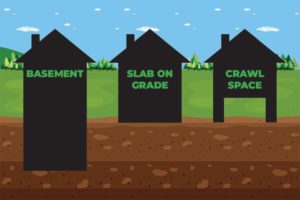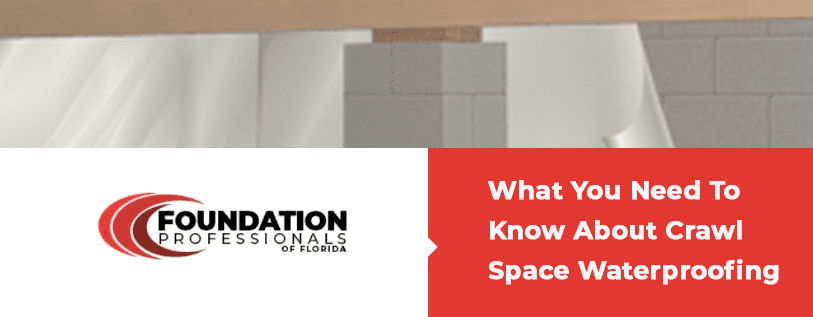Everything Homeowners Need To Know About Crawl Space Waterproofing

Does My Home Have A Crawl Space?
How Does Moisture Get Into A Crawl Space?

Why You Should Waterproof Your Crawl Space
Benefits Of Waterproofing Your Crawl Space

Signs Your Crawl Space May Need Waterproofing
Musty odors.
Visible moisture condensation on anything in the crawl space including wood, metal, and soil.
Visible mold and mildew.
Standing water
Signs of insect or rodent infestation.
Efflorescence. This is a white, powdery substance that moisture leaves behind on concrete or brick
Rust on pipes or ductwork
Rotten wood
A warped hardwood floor. This is almost always a sign of moisture in your crawl space
You want to detect moisture problems in your crawl space early, before they have a chance to cause extensive damage to your foundation, damage that will be expensive to fix. A good rule of thumb is to inspect your crawl space once or twice a year. If you don’t want to do this yourself, you can hire someone to do it for you.
Crawl Space Waterproofing Methods
Crawl Space Encapsulation Pros And Cons
How Much Does Crawl Space Waterproofing Cost?
Selling A Home With A Crawl Space Moisture Problem
How Can I Prevent Water In My Crawl Space?
Installing French drains to ensure that water drains away from your foundation and crawl space.
Installing a rain garden
Planting water-absorbing vegetation around your home
Asking a professional to regrade the slope of your yard so that water drains away from your home, and doesn’t pool around the foundation

